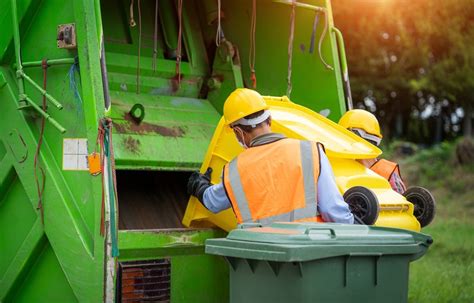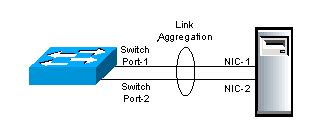In today's fast-paced business world, effective waste management is not just an environmental responsibility but a crucial aspect of operational efficiency and cost control. Business Waste Disposal, a specialized field, ensures that commercial establishments handle their waste responsibly and within the confines of legal regulations. This comprehensive guide will delve into the various facets of business waste disposal, offering insights and strategies to navigate this essential yet often complex process.
Understanding Business Waste Disposal
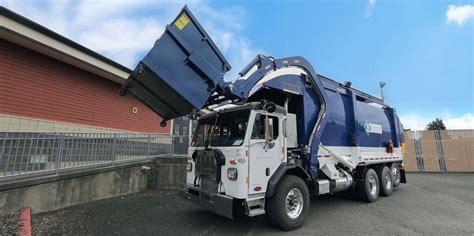
Business waste disposal refers to the systematic collection, transportation, and disposal or recycling of waste materials generated by commercial entities. It involves a range of waste streams, from general waste and recyclable materials to hazardous substances and electronic waste.
Effective waste disposal is essential for several reasons. It ensures compliance with environmental regulations, prevents health and safety hazards, and can significantly reduce operational costs for businesses. Additionally, sustainable waste management practices can enhance a company's reputation and brand image, appealing to environmentally conscious consumers and stakeholders.
The Waste Hierarchy: A Guide to Sustainable Disposal
The waste hierarchy, a fundamental concept in waste management, serves as a guide for businesses to prioritize their waste disposal strategies. It ranks waste management options from the most to the least environmentally friendly and sustainable. The hierarchy consists of the following levels:
- Prevention: The most sustainable approach is to prevent waste generation altogether. This can be achieved through efficient production processes, product redesign, and consumer education.
- Minimization: If waste cannot be prevented, the next best step is to minimize it. This involves optimizing processes to reduce waste output and promoting waste-reducing behaviors among employees and consumers.
- Reuse: Reusing items extends their lifespan and reduces the need for new resources. Businesses can encourage the reuse of materials internally or facilitate external reuse through donation or resale.
- Recycle: Recycling involves converting waste materials into new products. This process conserves natural resources and reduces the environmental impact of waste disposal.
- Recovery: Energy recovery, such as through waste-to-energy processes, converts non-recyclable waste into usable energy. This method diverts waste from landfills while producing a valuable resource.
- Disposal: The least preferred option is disposal, which includes landfilling and incineration without energy recovery. These methods should be a last resort due to their environmental impacts.
Implementing an Effective Waste Management Strategy
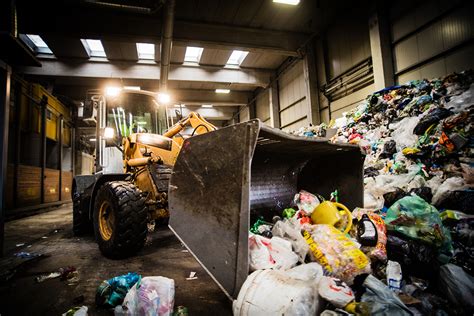
Developing an effective waste management strategy is a critical step for businesses to optimize their waste disposal processes. Here are some key considerations and best practices:
Conduct a Waste Audit
A waste audit is a detailed analysis of the types and amounts of waste generated by a business. It helps identify the main waste streams and potential areas for improvement. By understanding the waste composition, businesses can develop targeted strategies for each waste type.
| Waste Stream | Volume (tons) | Disposal Method |
|---|---|---|
| General Waste | 3.2 | Recycling (70%), Landfill (30%) |
| Recyclables (Paper, Plastic) | 2.1 | Recycling |
| Hazardous Waste | 0.5 | Specialized Disposal |
| Electronic Waste | 0.8 | Recycling |
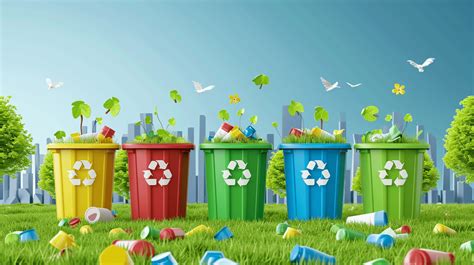
In the above example, a business generates various waste types. The waste audit reveals that general waste could be further minimized through recycling efforts, while hazardous waste requires specialized disposal methods.
Optimize Waste Collection and Storage
Efficient waste collection and storage are essential for a well-managed waste disposal system. Businesses should ensure they have the necessary infrastructure, including appropriately labeled waste bins and storage areas, to accommodate different waste streams.
- Implement color-coded bins for easy segregation of waste types.
- Ensure bins are easily accessible to all employees and located in high-waste areas.
- Regularly clean and maintain waste storage areas to prevent health and safety risks.
Choose the Right Waste Disposal Partners
Selecting reputable waste disposal companies is crucial to ensure compliance and sustainability. Look for companies that offer comprehensive services, including waste collection, transportation, and disposal or recycling. Consider the following factors when choosing a partner:
- Reputation and Track Record: Choose companies with a proven track record of reliable and sustainable waste management.
- Services Offered: Ensure the company can handle all your waste streams, including specialized waste types.
- Compliance: Verify that the company adheres to all relevant environmental and safety regulations.
- Reporting and Transparency: Opt for companies that provide detailed reports on waste disposal activities and impact.
Educate and Engage Employees
Employee involvement is critical to the success of any waste management strategy. Educate your staff about the importance of sustainable waste practices and provide clear guidelines for waste segregation and disposal. Consider implementing incentives or recognition programs to encourage participation.
Special Considerations: Hazardous and Electronic Waste
Some waste streams, such as hazardous and electronic waste, require specialized handling due to their potential environmental and health risks. Businesses must adhere to strict regulations when disposing of these waste types.
Hazardous Waste Disposal
Hazardous waste includes materials that are flammable, toxic, corrosive, or reactive. Examples include chemicals, batteries, and certain types of waste oils. Disposing of hazardous waste requires specialized collection, transportation, and disposal methods to prevent environmental contamination and health hazards.
Businesses should follow these steps for hazardous waste disposal:
- Identify hazardous waste streams and segregate them from general waste.
- Store hazardous waste securely and in compliance with regulations.
- Use licensed hazardous waste disposal companies for collection and disposal.
- Maintain detailed records of hazardous waste disposal activities.
Electronic Waste Disposal
Electronic waste, or e-waste, refers to discarded electronic devices such as computers, smartphones, and batteries. E-waste contains valuable materials that can be recycled, but it also contains hazardous substances that must be handled carefully.
For electronic waste disposal, businesses should:
- Segregate e-waste from other waste streams and store it securely.
- Use reputable e-waste recycling companies that follow responsible recycling practices.
- Ensure data destruction for devices containing sensitive information.
- Promote employee awareness about the proper disposal of electronic devices.
The Future of Business Waste Disposal
The landscape of business waste disposal is evolving rapidly, driven by technological advancements, changing regulations, and increasing environmental awareness. Here are some key trends and developments to watch:
Circular Economy Principles
The concept of a circular economy, where resources are used, recovered, and reused to minimize waste, is gaining traction. Businesses are increasingly adopting circular economy principles to reduce waste and create more sustainable value chains. This involves designing products for longevity and recyclability, and finding new uses for waste materials.
Advanced Waste Sorting Technologies
Advancements in waste sorting technologies, such as optical sorting and robotic systems, are enhancing the efficiency and accuracy of waste segregation. These technologies can automatically sort waste streams, reducing the need for manual labor and improving recycling rates.
Data-Driven Waste Management
The use of data analytics in waste management is transforming how businesses approach waste disposal. By analyzing waste data, businesses can identify trends, optimize collection routes, and make more informed decisions about waste reduction and recycling strategies.
Extended Producer Responsibility (EPR)
EPR is a policy approach under which producers are given a significant responsibility—financial and/or physical—for the treatment or disposal of post-consumer products. This approach encourages manufacturers to design products with end-of-life disposal in mind, reducing waste and promoting sustainable production practices.
Conclusion
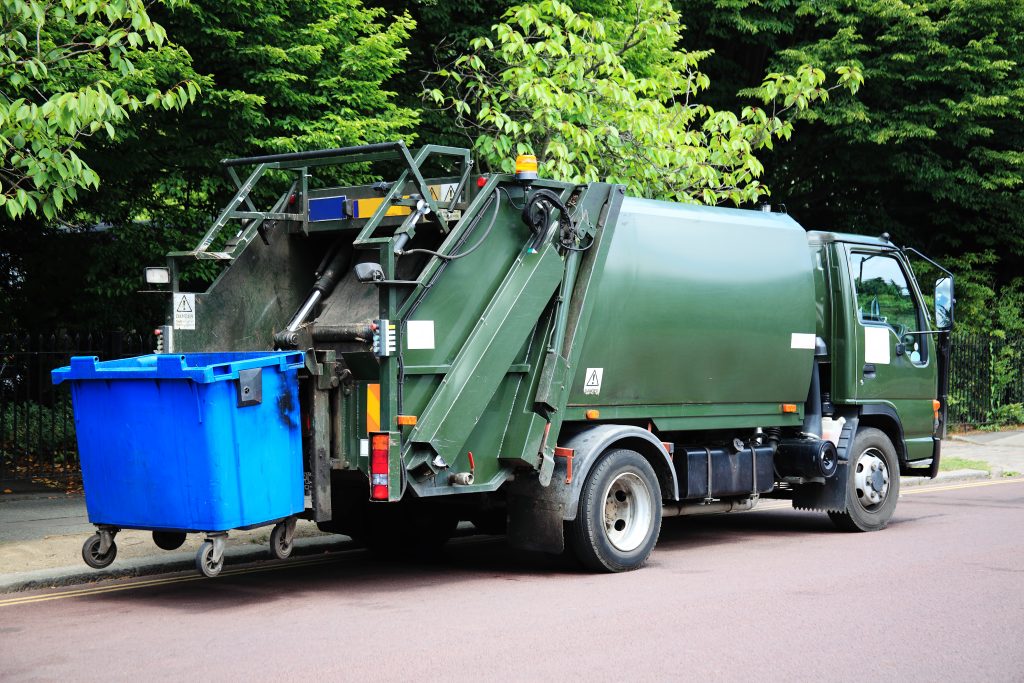
Business waste disposal is a complex yet crucial aspect of modern commercial operations. By implementing effective waste management strategies, businesses can reduce their environmental impact, control costs, and enhance their reputation. Staying informed about evolving trends and regulations is essential for businesses to stay ahead in the ever-changing landscape of waste management.
Frequently Asked Questions
What are the main challenges in business waste disposal?
+Some of the key challenges include complex waste streams, regulatory compliance, and the need for specialized disposal methods for certain waste types. Additionally, businesses often face challenges in educating and engaging employees to ensure proper waste segregation and disposal practices.
How can businesses reduce waste disposal costs?
+Reducing waste disposal costs can be achieved through waste minimization strategies, efficient segregation, and maximizing recycling rates. Businesses can also negotiate contracts with waste disposal companies to secure better rates and services.
What are the environmental benefits of proper business waste disposal?
+Proper waste disposal practices reduce environmental pollution, conserve natural resources, and mitigate climate change impacts. By recycling and reusing materials, businesses can reduce their carbon footprint and contribute to a more sustainable future.
How can businesses stay updated on waste disposal regulations?
+Businesses should subscribe to industry newsletters and websites that provide updates on waste disposal regulations. Regularly reviewing environmental agency websites and attending industry workshops or conferences can also help stay informed about regulatory changes.
What are some best practices for electronic waste disposal?
+Best practices for electronic waste disposal include securely storing e-waste until it can be responsibly recycled, ensuring data destruction for devices with sensitive information, and partnering with reputable e-waste recycling companies that adhere to environmental standards.
